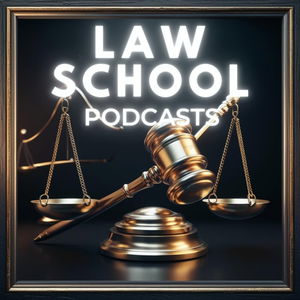Short-Answer Quiz
What is the fundamental purpose of personal jurisdiction, and what constitutional provision provides its basis?
Personal jurisdiction ensures a court has the authority to compel a defendant to appear and litigate in the forum. Its constitutional basis lies in the Due Process Clause of the Fourteenth Amendment, preventing individuals from being unfairly haled into court in distant or unconnected locations.
Explain the difference between general and specific personal jurisdiction, providing a brief example of how each might arise.
General jurisdiction exists when a defendant's contacts with the forum state are so continuous and systematic that they can be sued there for any claim, even if unrelated to those contacts (e.g., a corporation with its headquarters in a state). Specific jurisdiction arises when the lawsuit directly relates to the defendant's specific contacts with the forum state (e.g., a contract dispute stemming from a sale made in the state).
What are the two primary bases for subject matter jurisdiction in federal courts, and what is a key requirement for each?
The two primary bases are federal question jurisdiction and diversity jurisdiction. For federal question jurisdiction, the plaintiff's claim must arise under federal law and be evident in the well-pleaded complaint. For diversity jurisdiction, the case must be between citizens of different states (or a state and a foreign national) with an amount in controversy exceeding $75,000, and there must be complete diversity of citizenship.
How does venue differ from jurisdiction, and what is the primary goal of venue rules?
Jurisdiction concerns a court's power to hear a case (either over the person or the subject matter), while venue dictates the specific geographic district where the case should be heard. The primary goal of venue rules is to ensure a convenient and appropriate location for the litigation, considering factors like the parties' residences and where the events occurred.
Describe the key elements that must be included in a complaint under Federal Rule of Civil Procedure 8.
A complaint must contain a short and plain statement of the grounds for the court's jurisdiction, a short and plain statement of the claim showing that the pleader is entitled to relief, and a demand for the relief sought by the pleader.
How have the Twombly and Iqbal Supreme Court decisions impacted the federal pleading standard?
These decisions raised the pleading standard beyond mere notice pleading, requiring complaints to contain sufficient factual allegations to state a claim that is plausible on its face. This means the factual narrative must be more detailed and suggest a likelihood of liability, rather than just reciting the elements of a cause of action.
What are the two main ways a defendant can respond to a complaint after being served? Briefly explain each.
A defendant can file an answer, which requires them to admit or deny each of the plaintiff's allegations and assert any affirmative defenses they may have. Alternatively, a defendant can file a pre-answer motion under Rule 12(b), which raises legal objections to the complaint, such as lack of jurisdiction, improper venue, or failure to state a claim.
List three examples of affirmative defenses a defendant might assert in their answer.
Examples of affirmative defenses include the statute of limitations (the lawsuit was filed after the legal deadline), res judicata (the issue has already been decided by a court), and estoppel (the plaintiff is prevented from asserting a claim due to their prior conduct or statements).
Under what circumstances can a party amend their pleading "as a matter of course"?
A party can amend their pleading once as a matter of course within 21 days after serving the original pleading, or if the pleading is one to which a responsive pleading is required, within 21 days after service of a responsive pleading or a motion under Rule 12(b), (e), or (f), whichever is earlier.
